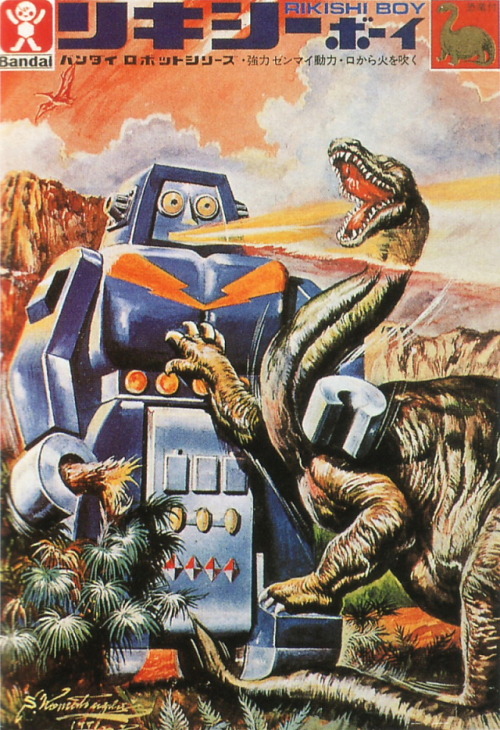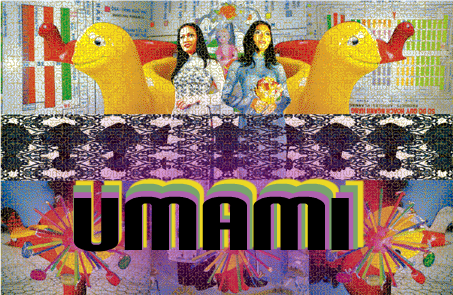Many people who listen to old electronic songs comment that it is ahead of its time. There is a sense that electronic music is music of the future. The imagery it provokes is that of futuristic worlds of robots and high-tech cities. Furthermore, Electronic music is intrinsically linked to science-fiction and borrows much of its symbols and ideas. Like science-fiction, it is a genre of imagination invented out of the advent of technology and is still having a profound impact of modern and popular music.

Before electronic music, composers had a desire to use emerging technology for music purposes. One of the first and influential inventions was the Audion, a thermionic valve or vacuum tube. Later on, an electromechanical instrument called the Telharmonium was developed by Thaddeus Cahill in the years 1898-1912. However, its size made it impractical. The first electronic instrument is viewed to be the Theremin, invented by Léon Theremin circa 1920.
the Teleharmonium
In the Early 1900s, futurists like Luigi Russolo approached the emerging technology with radical aesthetic views which threw out previous notions of music and valued noise. This would be an influence for later composers.

Musique concrete
With the invention of magnetic audio tape came recordings, along with early effects like echo and delay. Musique concrete was a technique involving the editing together of recorded fragments of natural and industrial sound, or "cut ups" as WIlliam S Burroughs and Brion Gyson were famous for. Burroughs also used the cut up technique in his literature, literally cutting up words and reassembling them.
Audio tapes also had profound work on modern composers, which can be seen in works by Pierre Shaeffer and Edgar Varese. Varese's work would have a profound impact on the young Frank Zappa, whose love for his music lasted his entire life.
Elektronische Musik
The Germans are known as the true heavyweights of Electronic music and have influenced whole generations of musicians in not only electronic, but in rock, pop, hip hop, indie ... "chillwave".... pretty much everything. In fact, you could probably thank the germans for nearly all modern music.
Karlz Stockhausen. Yes, the guy that called 9/11 the "greatest piece of art ever conceived". He was the primary influence for most popular german music from the 60s-70s, mostly called krautrock or elektronische. His work was similar to Varese and he even worked with Shaeffer in the 50s.
An example of Stockhausen's work:
"Hymnen" is essentially a composition of nationally anthems from around the world, and transformed electronically. His influence German musicians was more his ideas than the music itself. Holger Czukay studied under Stockhausen and his influence is a large part of Can and his later solo works.
Eventually, American Electronic music would come to be influenced by Stockhausen and his predecessors. The Music for Magnetic Tape Project was formed by members of the New York School (John Cage, Earle Brown, Christian Wolff, David Tudor, and Morton Feldman).
In 1958, the BBC Radiophonic Workshop was formed, which became the most popular electronic music studio in the world thanks to it's collaboration with the creators of Dr. Who to create the theme song. Delia Derbyshire was the creative genius of the group and went on to create her own music, which I'll talk about in Part 2.
You can already see early hip hop in this video.
The original Dr. Who theme. The first television theme to be completely created by electronic means.
That's all for now. Part 2 will include popular German music from the 60s and its influence on music all over the world. Part 2 will be alot more fun since I'll get to talk about kraftwerk and YMO and other great music, so stay tuned! :]

4 comments:
It's nice to see how far electro music has gone trough
I find this 1st video a bit creepy
Great amount of information, thans for hsaring !
Nice videos
Post a Comment